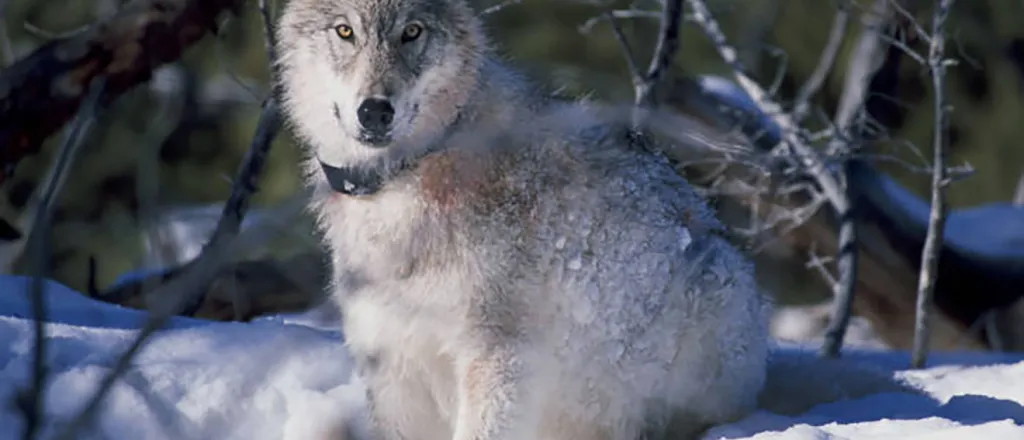
More lobos roam New Mexico wilderness, but genetic diversity is missing
Click play to listen to this article.
(New Mexico News Connection) Since a reintroduction campaign began in 1998, about 10 Mexican gray wolves have been placed in the Southwest each year, and for them to further thrive, experts said genetic diversity is critical.
Gray wolves once roamed not just New Mexico but Texas and Arizona. Due to persecution and poisoning, they all but disappeared from the landscape in the 1970s.

Craig Miller, senior Southwest representative for Defenders of Wildlife, said in recent years, a cooperative effort among ranchers and conservationists has boosted wolf numbers from zero to more than 250.
"This will be the 26th anniversary of having the rarest, most critically-endangered wolf in the world on the ground, in the wild," Miller pointed out. "We're trying to make sure recovery unfolds according to the way science said it needs to be successful."
Miller noted the population has been growing for eight consecutive years but the species' biggest long-term threat is a lack of genetic diversity. He emphasized the border wall between the U.S. and Mexico continues to block wildlife movement and habitat connectivity, exacerbating the genetic isolation of the two existing populations.
Since 1998, Miller stressed the unproductive mentality of "us versus them, wolves versus cows, ranchers versus environmentalists" has diminished, creating a win not just for wolves but grizzly bears, jaguars and other controversial carnivores.
"That's really what puts the fuel in the tank to move this program forward," Miller observed. "Tolerance and problem-solving, you know, conflict reduction."
He added cooperation has eased tensions between those in favor and those against repopulating wolves but is still a challenging issue.
"While wolves are always going to be controversial, the goal is not for ranchers to warmly embrace wolves or to wear 'Defenders of Wolves' T-shirts," Miller said. "It is to tolerate wolves that aren't causing problems, and to take steps to reduce those problems from arising in the first place."
Defenders has a successful program, which provides college students with hands-on wildlife management experience and a goal of increasing the wolf population while emphasizing conflict prevention.
















